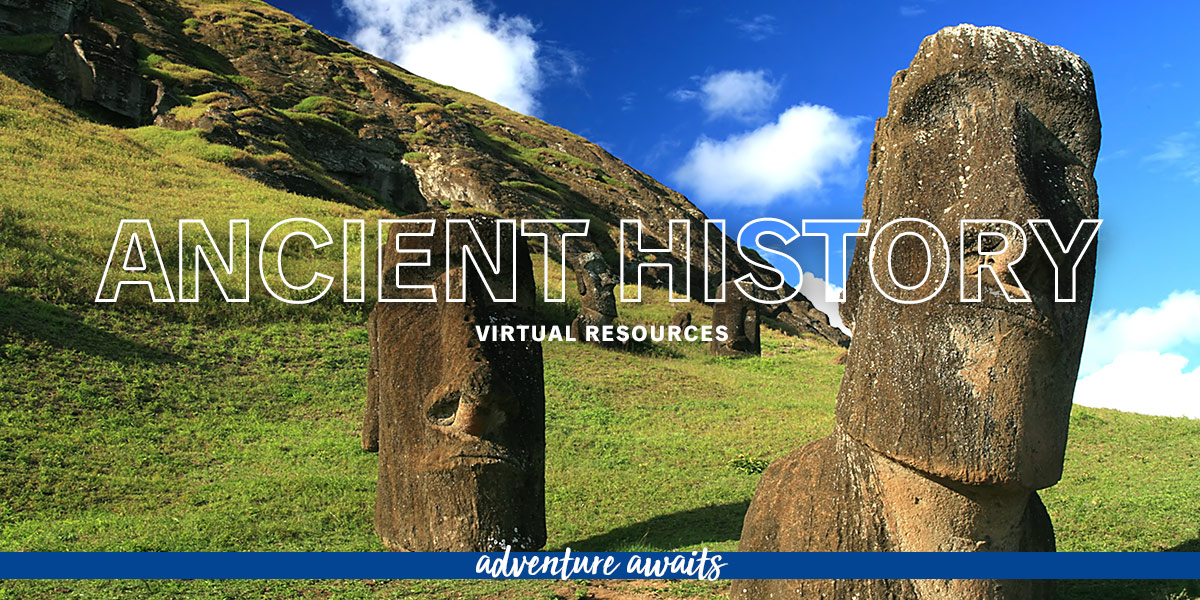The Modern Stone Age
Around 3800 BC, during the Modern Stone Age, people began settling into what is now known as Britain. The people who lived during this time left no written record behind, but one thing they did leave during this period were large communal tombs or mounds.
- Stonehenge: The famous Stonehenge started out as one of these burial sites, but construction continued for another 1500 years. While the true use of Stonehenge remains a mystery, it is believed to have been an important site to the inhabitants of the area. Some theories indicate it could have been used as a place of healing, a ceremonial site, a religious pilgrimage, a final resting place for royalty, or a memorial to honour ancestors.
- Summer Solstice: While much of Stonehenge remains shrouded in mystery, one thing that is known: during the Summer Solstice, the sun peaks above the heelstone and rays of lights are channeled to the centre of this mysterious and ancient monument.
- Neolithic Rings: The mystery of Stonehenge continues to grow as archeologists recently discovered more Neolithic rings in the area.
- Take a Tour: Experience Stonehenge yourself with this virtual tour.
The Incans of Machu Picchu
Tucked away in the rocky countryside of Peru sits the ancient site of Machu Picchu, where the Incan Empire dominated South America in the 15th and 16th centuries.
- What Is It? Machu Picchu is believed to have been a royal estate or sacred religious site for the Inca leaders. The site stretches over an impressive 5-mile distance, featuring more than 3000 stone steps that link different levels. There are over 150 structures, ranging from baths and houses to temples and sanctuaries.
- Ashlar Masonry: The Incas were some of the best masons in the world. Their structures were so well-built with a technique called ashlar that not even a knife blade can fit in between stones.
- Take a Tour: Experience Machu Picchu for yourself with this virtual tour.
Easter Island (Rapa Nui)
It’s believed that Easter Island’s Polynesian inhabitants arrived some time near 1200 A.D. and went on to develop a thriving, industrious culture.
- The Moai: There are 887 enormous stones strewn about the 63-square-mile land, and experts still debate the purpose of these intimidating human-like figures and the process of getting them into place.
- Easter Island Up Close: Take a virtual tour around the island and see its incredible artifacts.
- What Happened? Explore theories about the collapse of Easter Island’s civilization.
The Vikings
Vikings were the seafaring Norse people from southern Scandinavia (Denmark, Norway, and Sweden) who established a name for themselves as traders, explorers, and warriors.
- What Do We Know About Vikings? We do not know the answers to all questions about the Viking Age, but we do know what their ships looked like and where they travelled on their voyages.
- Norway’s Top Viking Sites: From the Oslo region to the Fjords, learn more about Viking culture, historical sites, and museums to visit.
- Explore the Seas: Trace the Viking’s range of exploration between the 9th and 12th centuries and walk amongst seafaring vessels at the Viking Ship Museum.

